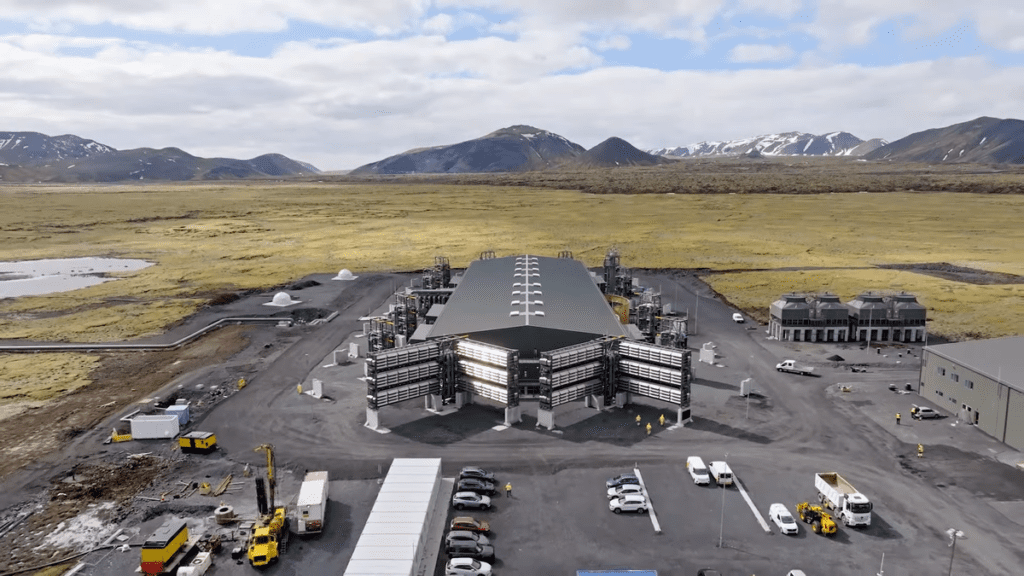Largest Carbon Capture Plant Removes The Equivalent Of 7,800 Cars Off The Road Each Year

For years now, carbon capture has been hailed as a way to have our environmental cake and eat it too: Keep spewing all the harmful gases we like into the environment, and just grab them back out of the air before they can do any real damage. Last week, a new facility in Iceland claiming to be the world’s largest carbon capture plant opened to do just that job — only, it’s not nearly enough.
2025 Subaru Forester Keeps Subie’s Legendary Off-Road Capability
The new facility, called Mammoth and operated by a Swiss company called Climeworks, builds on prior efforts by the organization to strip greenhouse gases from the air. The company claims Mammoth can process 36,000 tons of carbon annually, pulling it from the air and transmuting it into rock. It’s a good start, but as CNN says, it’s not exactly financially viable:
Mammoth will be able to pull 36,000 tons of carbon from the atmosphere a year at full capacity, according to Climeworks. That’s equivalent to taking around 7,800 gas-powered cars off the road for a year.
Climeworks did not give an exact cost for each ton of carbon removed, but said it was closer to $1,000 a ton than $100 a ton – the latter of which is widely seen as a key threshold for making the technology affordable and viable.
The goal of removing carbon from the air is a noble one, and is likely worth any financial cost to ensure that we all live long enough to pay it. But too often, the technology is used as a distraction from the much more useful effort of cutting emissions at the source — it’s always easier to stop doing something, than to attempt to undo it after the fact. Take a look at what Reuters said about it last year:
But they are also expensive, unproven at scale, and can be hard to sell to a nervous public – making unworkable, at the moment, the model envisaged worldwide of capturing carbon and storing it for money.
Underscoring the current hurdles, the International Energy Agency (IEA) said in a November 23 report that the oil and gas industry is relying excessively on carbon capture to reduce emissions and called the approach “an illusion,” sparking an angry response from OPEC which views the technology as a lifeline for future fossil fuel use.
So OPEC is pro-carbon capture, and environmental groups say it’s not enough. I think I know which one I’d rather have leading my climate policy.



